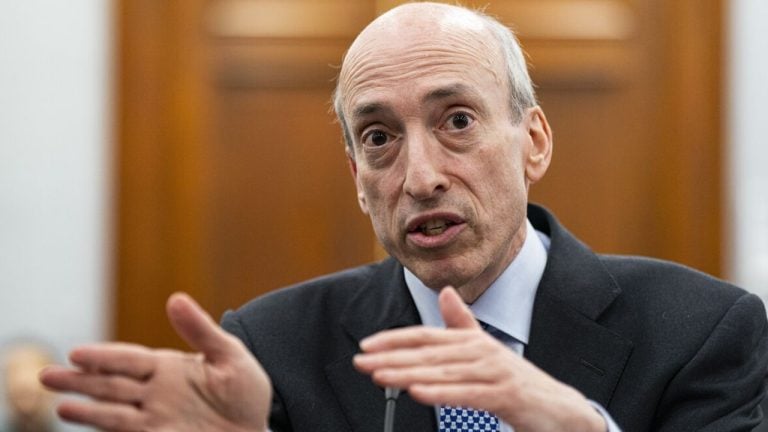
SEC said in a court filing that Binance.US has produced only 220 documents during the discovery process many of which were “unintelligible screenshots and documents without dates or signatures.”
The United States Securities and Exchange Commission (SEC) has accused Binance.US of non-cooperation in the ongoing investigation against the crypto exchange, according to a court filing dated Sept. 14.
The SEC in its court filing noted that Binance.US’s holding company called BAM has produced only 220 documents during the discovery process. Many of the submitted documents under the Consent Order “consist of unintelligible screenshots and documents without dates or signatures.”
SEC added that BAM has refused to produce essential witnesses for deposition, instead agreeing only to four depositions of witnesses it has unilaterally deemed appropriate and said:
“It has responded to requests for relevant communications with blanket objections and has refused to produce documents kept in the ordinary course of its business, claiming those documents do not exist, only for the SEC to later receive such documents from other sources.”
The SEC also raised concerns over Binance.US's use of Ceffu, wallet custody software provided by the global entity Binance Holdings Ltd. The SEC noted that BAM made inconsistent statements about Ceffu’s and Binance’s involvement in the wallet and customer funds management.
SEC said that BAM first claimed Ceffu was BAM’s wallet custody software and services provider but later stated that Binance was BAM’s wallet custody software provider. The regulators raised concern that the crypto exchange's usage of Ceffu violates a prior agreement meant to prevent funds from being diverted abroad.
Related: Binance plans new round of layoffs amid increased regulatory scrutiny
The SEC filed a lawsuit against Binance on June 5, pressing 13 charges against the crypto exchange including unregistered securities offerings, the Simple Earn and BNB Vault products, and its staking program. The SEC claimed that Binance.com, Binance.US, and BAM Trading should have registered as clearing agencies, broker-dealers, and exchanges, respectively. The unregistered offer and sale of Binance.US' staking-as-a-service programme required BAM Trading to register as a broker-dealer as well.
The latest accusations by the SEC against Binance.US come amid an internal crisis at the exchange. The Binance.US CEO Brian Shorder joined the long list of top Binance executives leaving the firm this year followed by the resignation of the head of legal and the exchange’s chief risk officer within days.
Binance.US didn’t immediately respond to requests for comments.
Collect this article as an NFT to preserve this moment in history and show your support for independent journalism in the crypto space.
Magazine: US and China try to crush Binance, SBF’s $40M bribe claim: Asia Express


















